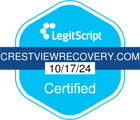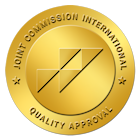If you are concerned that someone you care about is taking unhealthy amounts of codeine, substance use treatments in Portland can provide assistance.

Healing Begins Here
How Does Drinking Lean Affect The Body?
As the codeine in cough syrup is broken down into morphine, the morphine binds to nerves that perceive pain. In addition to blocking pain signals, morphine also releases chemicals that present a rush of happiness and euphoria. When people drink lean along with other drugs that prevent the breakdown of feel-good chemicals, that euphoria gets amplified.
The broken-down-codeine also binds into the brainstem, which controls breathing. When oxygen in the blood is low, the brainstem will send a message to the body to breathe even deeper to replace that oxygen. However, this is the type of message that gets blocked by taking morphine. Drinking enough cough syrup—especially when it’s mixed with other psychoactive chemicals—literally causes the body to forget to breathe.
Side effects of drinking lean include:
- Dizziness
- Slumped posture
- Uncoordinated movements
- Cognitive impairment
- Memory loss
- Hallucinations
- Seizures
- Nausea
- Rapid heart rate
- Difficulty breathing
Side Effects of Lean Withdrawal
- Severe insomnia
- Severe muscle aches
- Agitation
- Anxiety
Drug addiction is a problem for all demographics. No subset of the population is immune to the risks of potential addiction or drug abuse. Lean addiction is no exception. To better protect and help your loved ones, learn more about lean, what it is, what its symptoms are, and how you can spot or overcome a lean addiction successfully. Crestview’s Portland residential and inpatient rehab offers excellent addiction treatment programs for people coping with the following issues:
- Drug addiction
- Chemical dependency
- A dual diagnosis
- Alcoholism
How is Lean Made, and Why is it Popular?
Many teens and young adults drink lean because it is often associated with the music industry or celebrity status. Lean originated in Texas, but it is now found across the country. Many rappers, and others in the music industry, openly consume lean and admit to having a lean addiction. Even when they actively emphasize the negative side effects of lean, young people see it as glamorous.
The Risks of Lean Addiction
There is also the risk of developing a lean addiction. Since lean contains opiates, it can be just as addictive as prescription painkillers like oxycodone. Taking larger doses or combining lean with alcohol only increases the likelihood of developing an addiction.

Signs of a Lean Addiction
Someone may have a codeine addiction or if they are open about lean, cough syrup, or cold medicine abuse. They might also have changed their behavior, appearance, or financial status.
Overcome Lean Addiction at Crestview Recovery
A lean addiction is a serious problem, but the right help can pave the way to health. At Crestview Recovery in Portland, Oregon, you’ll be able to fight back against addiction once and for all. Call 866.262.0531 if you’re ready to learn more about a custom path to addiction recovery.





















